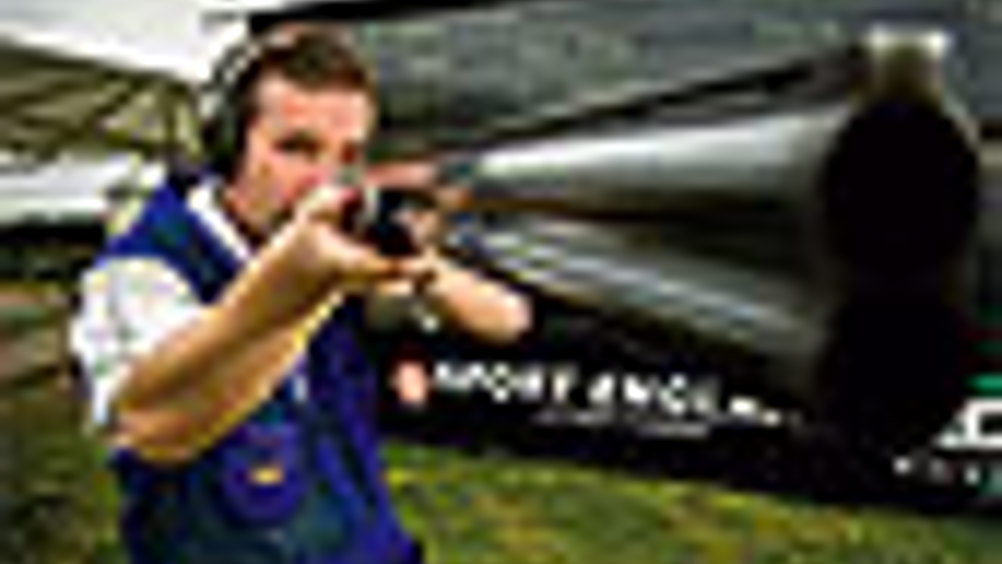Split-second timing

The British Olympic shooting team is testing an acoustic system developed by BAE Systems that may help athletes improve their performance in the double trap event.
The event requires competitors to shoot two clay targets, released simultaneously, with three rounds of 50 targets. Generally, the closer the two shots are and the more consistent the timing, the better the chances of hitting both targets.
BAE Systems' solution aims to give feedback on the exact time elapsed between shots — typically about 0.7 seconds — then relate that directly to the score to find the optimum timing. This can then be used in training to attain the consistency required in competition.
The project began when national team coach Ian Coley approached British team performance analyst David Garner of the English Institute of Sport (EIS) in Sheffield for an acoustic device that would measure the time between shots. BAE developed the solution through its £1.5m, five-year technology partnership with UK Sport.
At a training session at Bisley shooting range, Coley said: 'I can tell the difference by listening, but I wanted some data to back that up. We want to find the optimum timing and associate it with the difference in performance between training and in competition when the shooter is under pressure.
'The reason we want it is because the bar is being raised all the time. A typical score five years ago would have been 137 hits out of 150 birds. Nowadays, we can expect 141 or 142 out of 150. Our standard has gone up with the world standard and we want to be in front in 2012.'
Olympic competitor Steven Scott said: 'Success in this event is about timing, routine and preparation beforehand all coming together. Without one the plan is useless. You literally have to be like a robot, do the thing over and over again so it just becomes natural.'
George Simpson, a senior scientist in laser and optical systems with BAE Systems who is responsible for the UK Sport partnership, said: 'There's two shots in a double trap event — bang, bang — and they want to know the time difference between the first and second bang. We're quite constrained, as any on-gun device would upset its subtle balance, so we're doing it using only audio.
'We've got microphones listening for the bang. To filter out the bang from background noise, we pick up the biggest signal — essentially the loudest noise.
'We display indicators that the shot's been fired for the coach to analyse, and present a time in milliseconds of how long it's taken between shots, plotting them as a graph that can be exported into Excel'.
The current system is a prototype, consisting of two types of microphone running into a standard laptop with a software interface. Future iterations will improve the accuracy.
Matthew Porter, a programmer with BAE Systems who works on UAV control software and explosive detection equipment, said: 'There wasn't any standard software available, so we've written some software in Visual Studio using C Sharp that picks up the sound from the microphone, does all the processing and displays the results.'
Olympic gold medallist Richard Faulds said: 'I have been searching for precision timing equipment for years and look forward to training with it over the coming months and years to enhance my performance on the world stage.'
Berenice Baker
Register now to continue reading
Thanks for visiting The Engineer. You’ve now reached your monthly limit of news stories. Register for free to unlock unlimited access to all of our news coverage, as well as premium content including opinion, in-depth features and special reports.
Benefits of registering
-
In-depth insights and coverage of key emerging trends
-
Unrestricted access to special reports throughout the year
-
Daily technology news delivered straight to your inbox










Simulations show Optimal Design for Bladeless Wind Turbines
"an 80cm mast" Really? I'm short but that's only half my height! Do they mean 800cm?